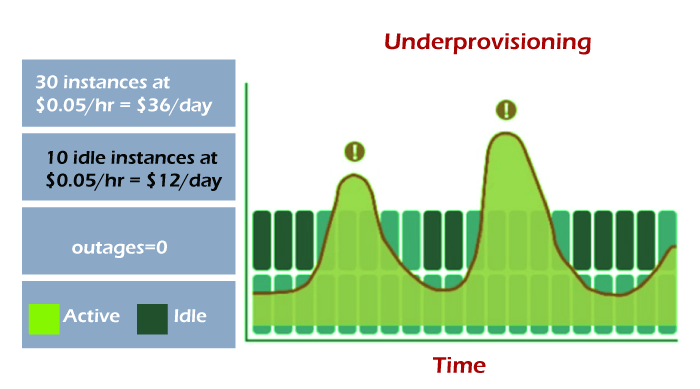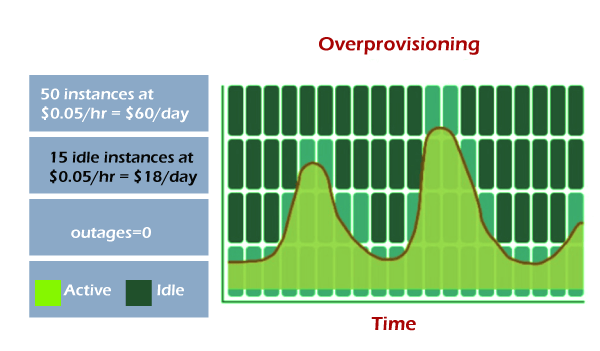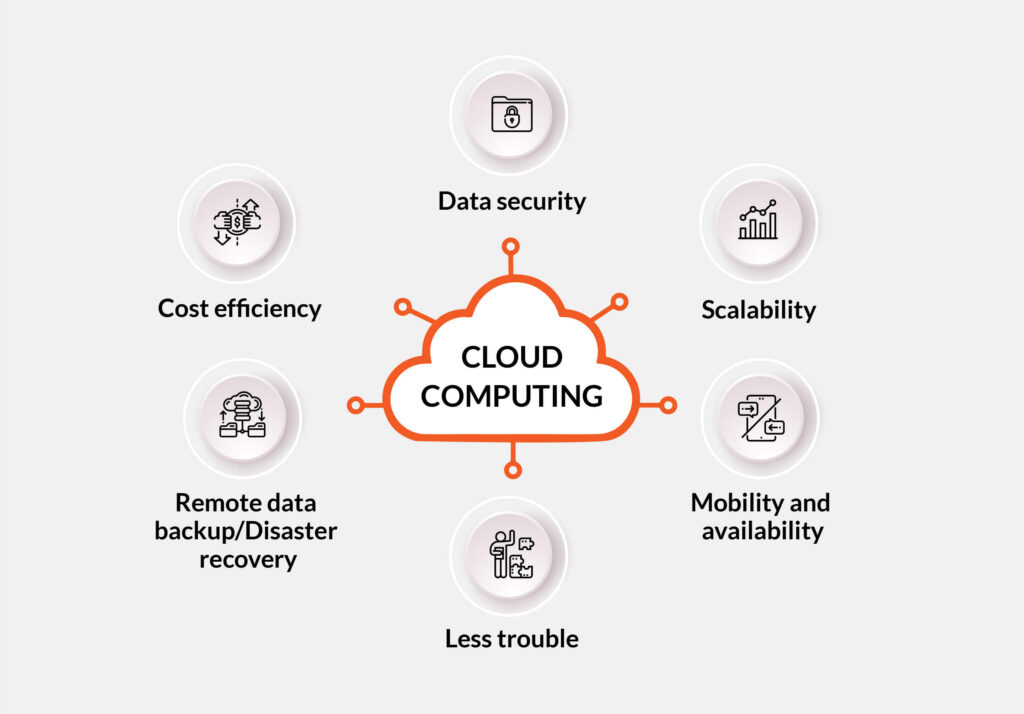In the modern era of technology, cloud computing has become an indispensable tool for businesses of all sizes. It has revolutionized the way we store, access, and process data, offering unparalleled flexibility and scalability. One of the most significant benefits of cloud computing is rapid elasticity, which allows businesses to dynamically adjust their computing resources to meet changing demands.
Rapid elasticity refers to the ability of cloud computing systems to rapidly and automatically adjust computing resources, such as processing power, storage, and bandwidth, in response to changes in demand. This means that businesses can quickly scale up or down their computing resources as needed, without the need for manual intervention or significant downtime. This provides businesses with the flexibility to adapt to changing market conditions, seasonal fluctuations, and unexpected spikes in demand, all while minimizing costs and maximizing efficiency. In this article, we will explore the concept of rapid elasticity in cloud computing and its benefits for businesses.

What is Rapid Elasticity in Cloud Computing?
Cloud computing is the delivery of computing resources, such as software, hardware, and storage, over a network. Rapid elasticity is an important aspect of cloud computing, as it allows for the quick scaling of resources to meet demand. Rapid elasticity is a key advantage of cloud computing, as it eliminates the need for a business to invest in expensive hardware and software that may not be used to its full capacity.
Scalability of Resources
Rapid elasticity in cloud computing allows businesses to quickly scale their resources to meet the demands of their customers. This scalability is achieved through the use of virtual machines, which are software programs that allow for the sharing of resources between multiple users. By using virtual machines, businesses can quickly increase their capacity and scale their resources up or down to meet the needs of their customers.
Virtual machines also allow businesses to quickly reduce their costs by only paying for the resources they actually use. This eliminates the need for businesses to purchase and maintain expensive hardware and software, as the resources can be scaled up or down depending on the demand. This reduces the overall cost of ownership for businesses, as they only pay for the resources they require.
Flexibility of Resources
Rapid elasticity also allows for businesses to quickly and easily adjust their resources to meet the needs of their customers. This is achieved by using the cloud to store and manage the resources, allowing businesses to quickly and easily adjust the resources to meet the demands of their customers. By using the cloud to store and manage resources, businesses can quickly and easily adjust the resources to meet the demands of their customers without the need for additional hardware or software.
The cloud also allows businesses to quickly and easily adjust the resources to meet the needs of their customers. This is achieved through the use of APIs, which allow businesses to quickly and easily adjust the resources to meet the demands of their customers. The cloud also allows businesses to quickly and easily adjust the resources to meet the demands of their customers without the need for additional hardware or software.
Frequently Asked Questions
Rapid elasticity is a cloud computing feature that allows users to quickly and easily scale up or down their computing resources as needed. It enables users to quickly add or remove resources as their needs change.
What is rapid elasticity in cloud computing?
Rapid elasticity in cloud computing is a feature that allows users to quickly and easily adjust their computing resources. This feature allows users to scale up or down their computing resources as needed. For example, if the user needs to access more computing power, they can quickly and easily add more computing resources as needed. Similarly, if the user needs to reduce their computing resources, they can quickly and easily remove them.
Rapid elasticity allows users to quickly adjust their computing resources to fit their changing needs. This makes cloud computing more versatile than traditional computing, as users can quickly and easily add or remove resources as needed. Rapid elasticity also allows users to save money, as they can quickly adjust their resources and only pay for the amount of computing resources they actually need. This can help users save money by only paying for the resources they actually use.

In conclusion, rapid elasticity is an essential feature of cloud computing that allows businesses to scale their resources up or down quickly and efficiently. This feature provides businesses with the ability to handle unexpected traffic spikes, peaks in demand, or sudden downtimes without causing any disruptions in service.
In the ever-changing landscape of technology, rapid elasticity has become a crucial component of cloud computing. As businesses move towards more flexible and agile models, cloud computing solutions that offer rapid elasticity will continue to play a vital role in meeting the needs of modern organizations. With the ability to scale resources instantly, businesses can focus on their core competencies and stay ahead of the competition. Rapid elasticity is a game-changer for cloud computing, and it is here to stay.



